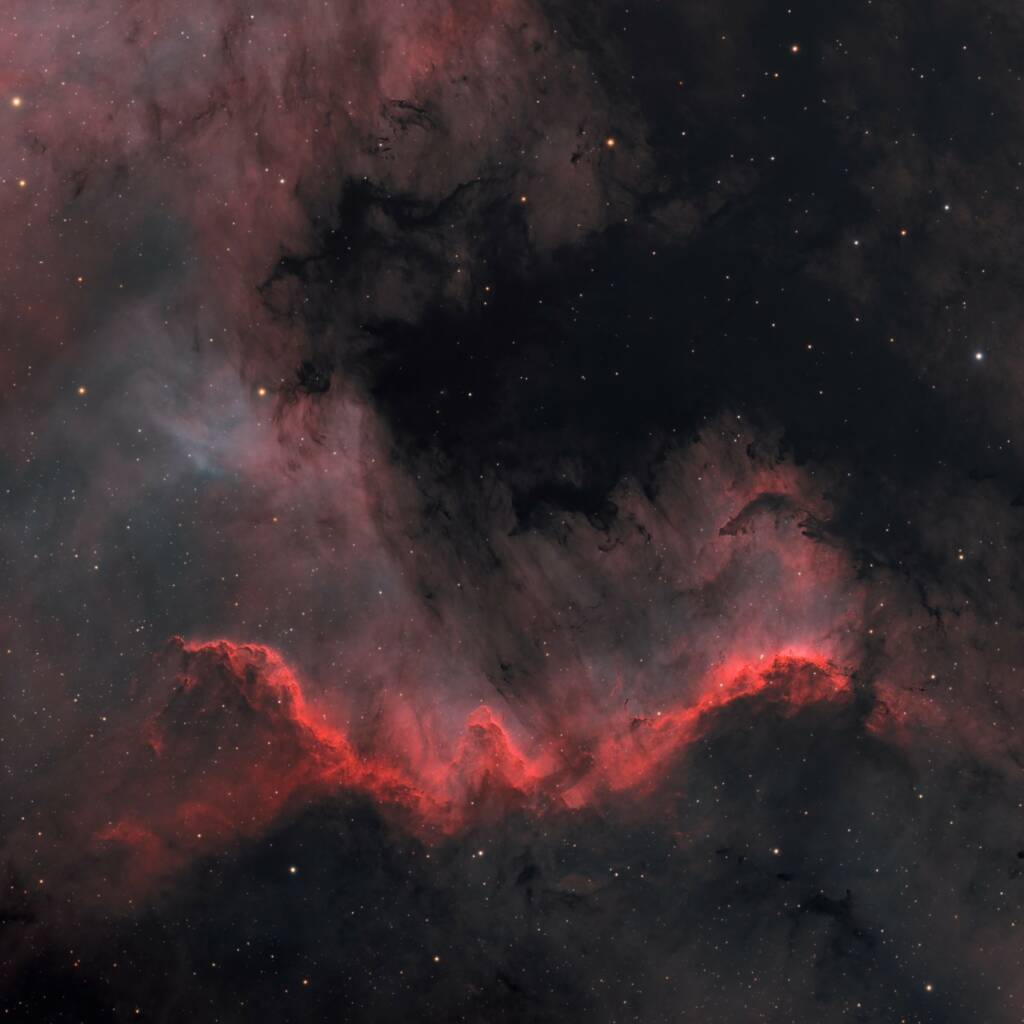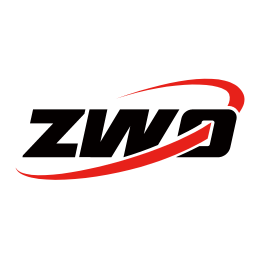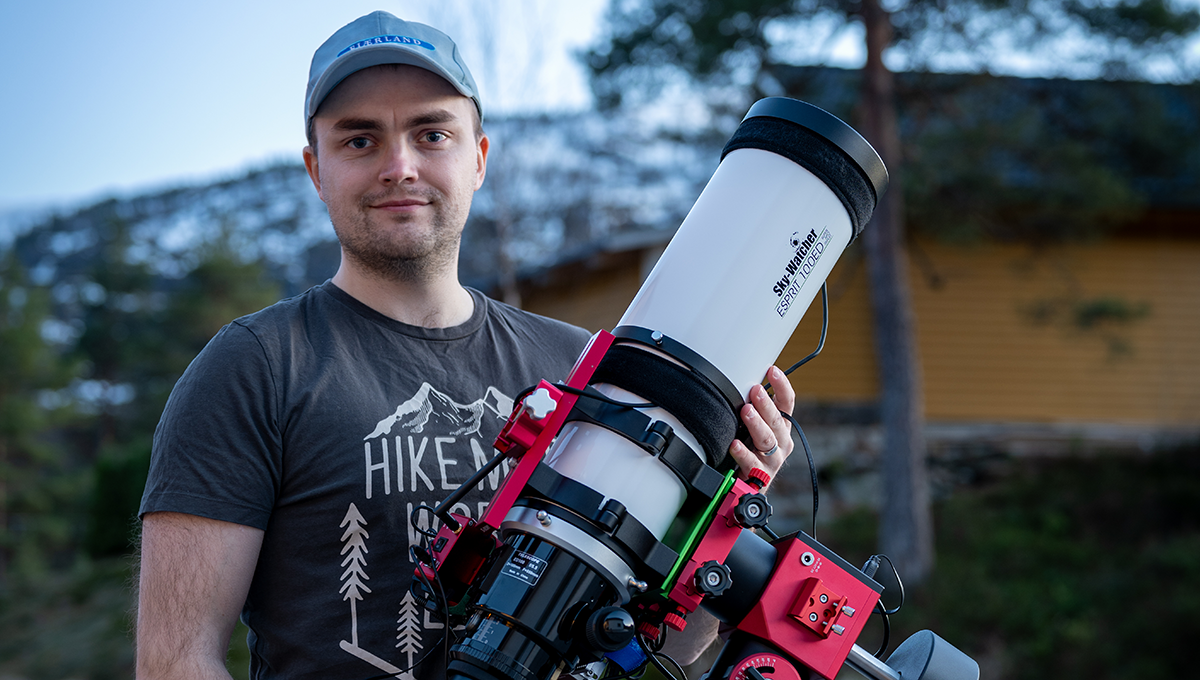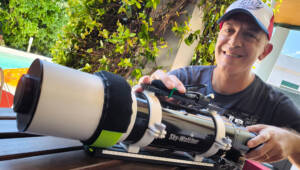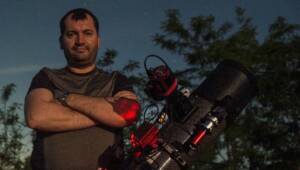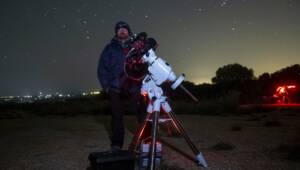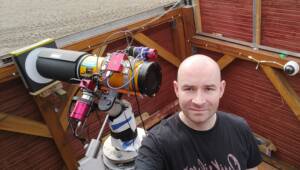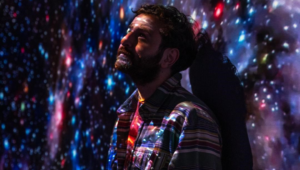Hello Jan, thanks for accepting our interview invitation. Congratulations on winning the ASIWEEK competition in week #23/2024!
Q1: At first, congratulation that your nice image won #ASIWEEK. Can you introduce yourself to us?
Hi, thank you so much! My name is Jan Erik, I’m 33 years old and live in the countryside in Sunnfjord County, Norway. I have three kids and enjoy Volleyball, music and all kinds of photography but I’m particularly interested in photo restoration and astrophotography.
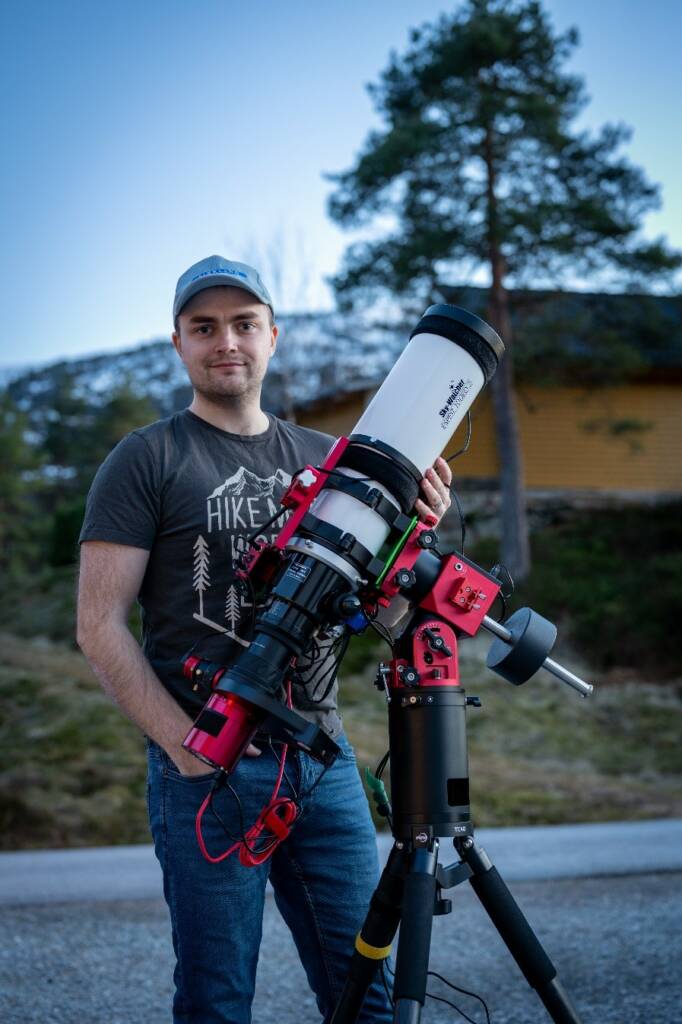
Q2: When did you start astrophotography and how?
I’ve been taking general nightscapes for years, but I only really delved into astrophotography two years ago. I stumbled upon information through various forums online and looked up some Youtube material on the subject, then decided to get a small star tracker. Once I had a taste of it in the field I was sold!
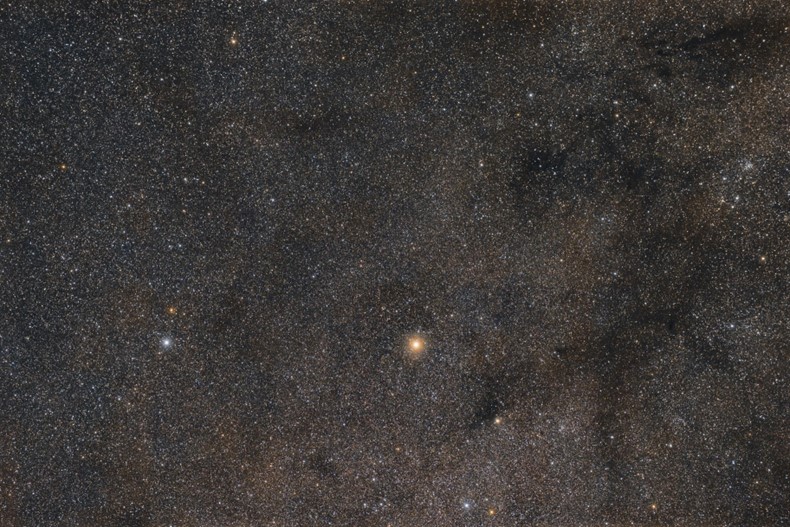
Q3: Can you tell us about the winning photo?
I imaged comet 12P/Pons-Brooks which is a periodic comet with an orbital period of 71 years. It’s one of the brightest known periodic comets and it’s a “once in a lifetime” opportunity to image it for most of us. The shooting conditions were tough as it’s situated quite low on the horizon to the west. As spring and summer approaches the night skies are also gradually growing brighter. I had approximately two hours to capture it while battling twilight, lots of atmosphere due to the low altitude and even aurora borealis as it moved further down the horizon to the north.
I manually framed it and set up a shooting plan on my Asiair rotating my LRGB filters sequentially throughout the entire session, only focusing once. I chose to do 30s exposures in order to get as much detail as possible.
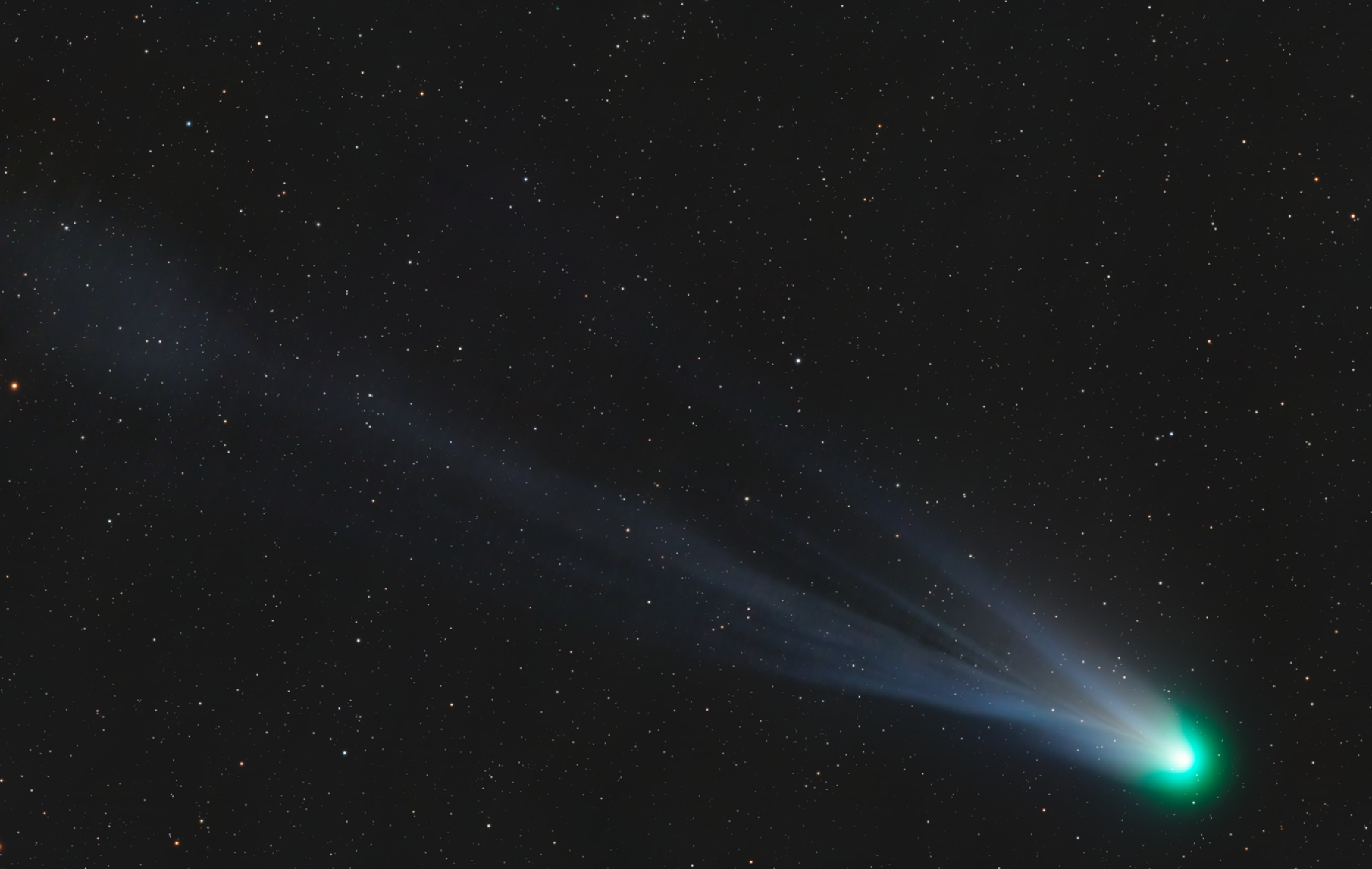
Q4: What gear do you use? Any pictures of them?
I currently use the ASI2600MM Pro paired with a 2” 7x EFW, Antlia LRGB V-pro & 3nm SHO filters, EAF and an Asiair Plus. I use the OAG-L paired with the ASI174mini for guiding, and I have the ASI120MC-s and ASI678MC to use for lucky imaging and planetary.
On the telescope side I mainly image with my Sky-Watcher Esprit 100ED but I also have a Celestron Edge 8HD, a Samyang 135mm and various other lenses. Everything is mounted on top of the AM5 and TC40 with a PE200 pier extension.
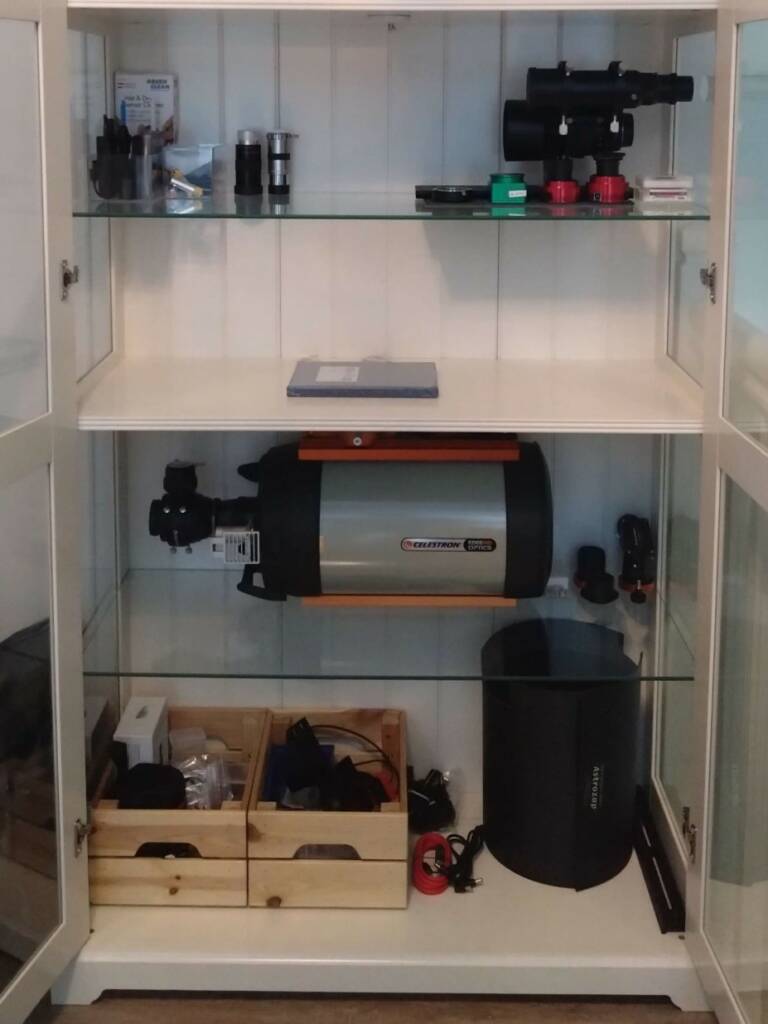

Q5: How do you normally do post-processing? Would you like to share with us your workflow?
The first thing is always to go through my sub-exposures using ASI Studio which is something I prefer to do. I then use Pixinsight’s WBPP script to pre-process and stack all my data. Usually, I will do background extraction on my individual channels then combine the RGB data and work on both color and luminance simultaneously, f.ex color calibration (for RGB), deconvolution, star removal, HDR applications and more. I prefer to stretch and adjust the saturation of my stars separately before blending it all together as a final step. Most of my work is done in Pixinsight but Photoshop can also be a very handy tool.
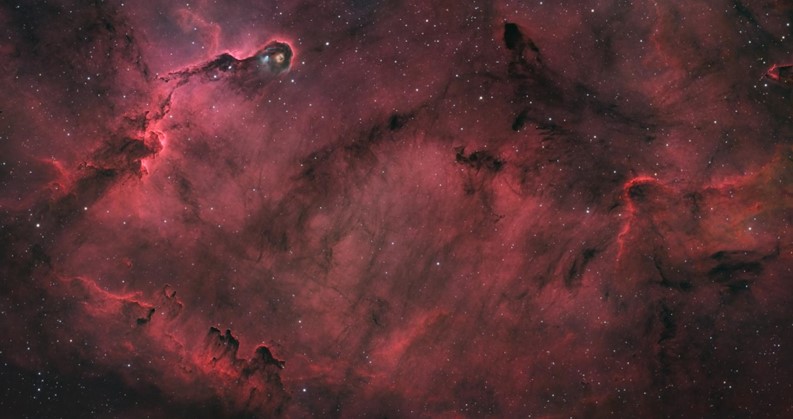
Q6: It seems that you have made several attempts at post-processing the “Comet 12P/Pons-Brooks” image, any experiences you can share?
I’ve imaged this particular comet seven times now, all on different days of course. I tried a new and a bit “different” processing approach to reveal the structure and detail within the coma/core itself. To my surprise there were some unique details there, clearly showing the rotation of the core and a spiral of gas surrounding it. Normally we would overexpose these details and focus on the ionized tail, but then we also miss some amazing detail. I had some very good seeing conditions so one of these images focusing on the core got an APOD and a lot of attention due to being both unique and a bit different. Comets are different so I would encourage anyone to have a second look through their data to see what lies beneath the bright core!
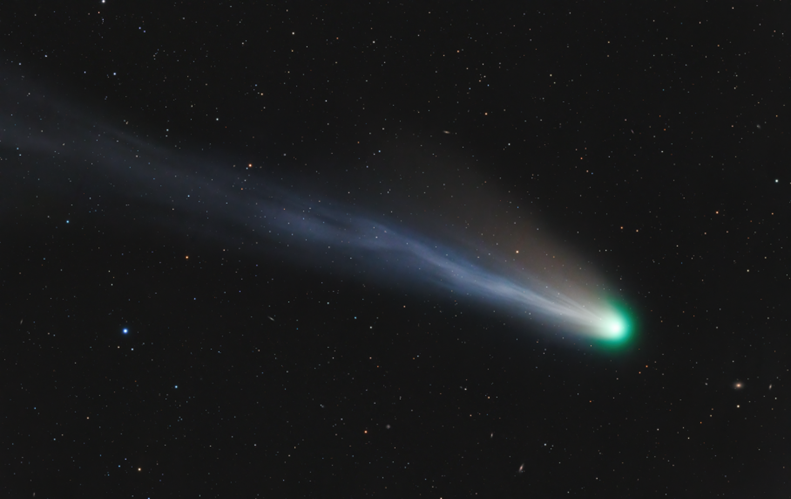
Q7: What is the challenge of comet imaging compared to nebula imaging? How did you overcome that?
Comets are often a lot closer to us and moving fast so you have to factor in not only how much it will move during the imaging session, but also the direction of the solar winds to get the ion tail within the frame. It’s very fun but a bit more stressful than imaging galaxies or nebula, as they are only visible for a limited time. This is the second comet I’ve photographed, and I learned a lot from the first one last year (C2022/E3 ZTF), in particular what not to do. You absolutely need to rotate your filters to get the ion tail to align properly and to do that it helps to have filters that are as parfocal as
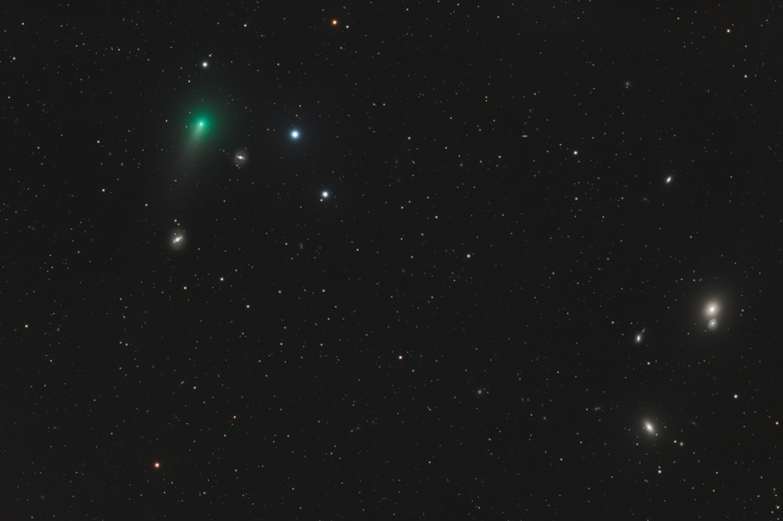
Comet 62P/Tsuchinshan heading away from us in the Virgo constellation. ASI2600MM Pro, Esprit 100ED and Antlia LRGB V-Pro. 2h7’ integration, 17.02.24.
Q8: How is the air quality in your region? Where do you normally take astrophotos?
I do my imaging from my backyard. I’m fortunate enough to live in a somewhat rural area with limited light pollution (around bortle 3). In general, regular seeing in Norway is about 3 arcsec, but conditions can of course be variable for better or for worse.
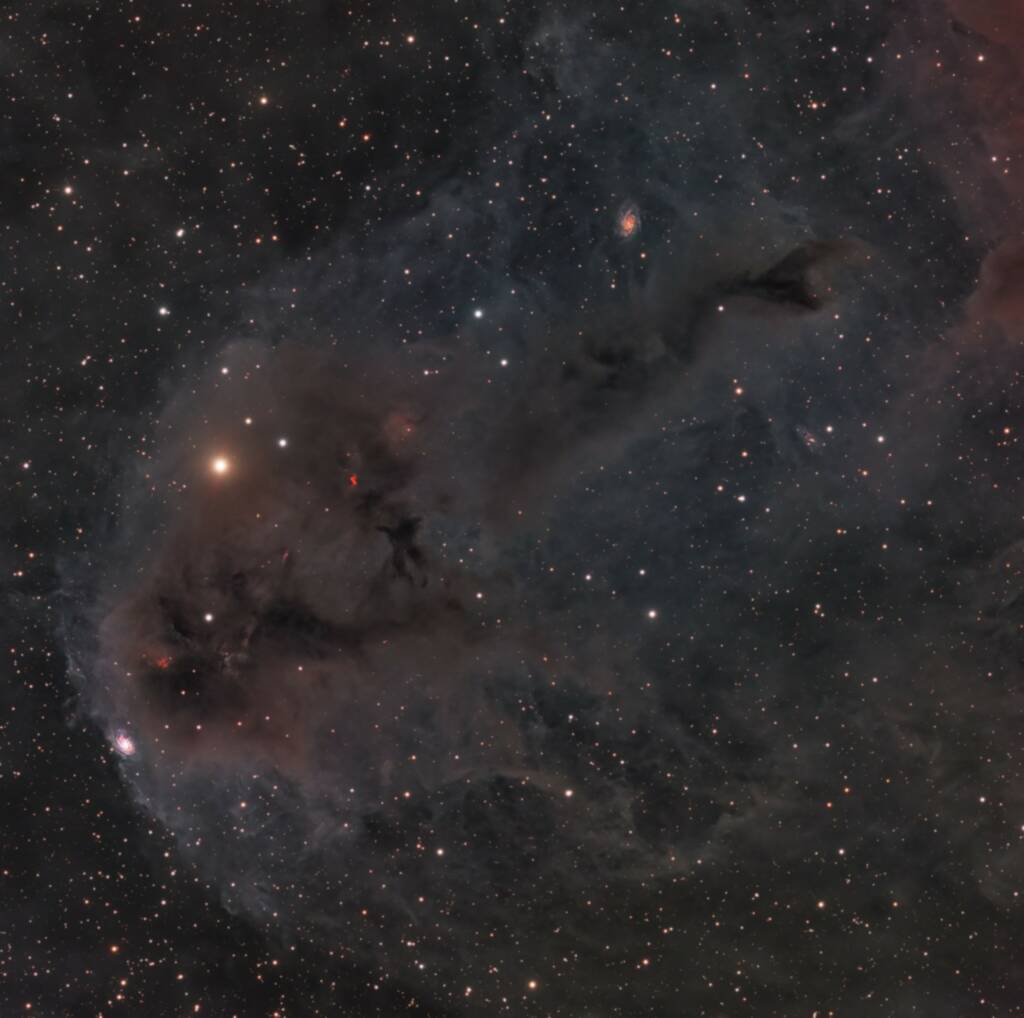
Q9: What changes and surprises do you think astrophotography has brought you over these years?
Personally I’ve been amazed at what’s possible to do from your own backyard, something I had never imagined before getting deeper into the hobby myself. Seeing how everything progresses as well is astonishing, not only in terms of cameras/hardware but also software. I don’t have the most mileage in astrophotography but to my understanding the community has been growing a lot the past few years. I think it’s great that it has become more available and easier for people to get involved with astronomy as well as astrophotography
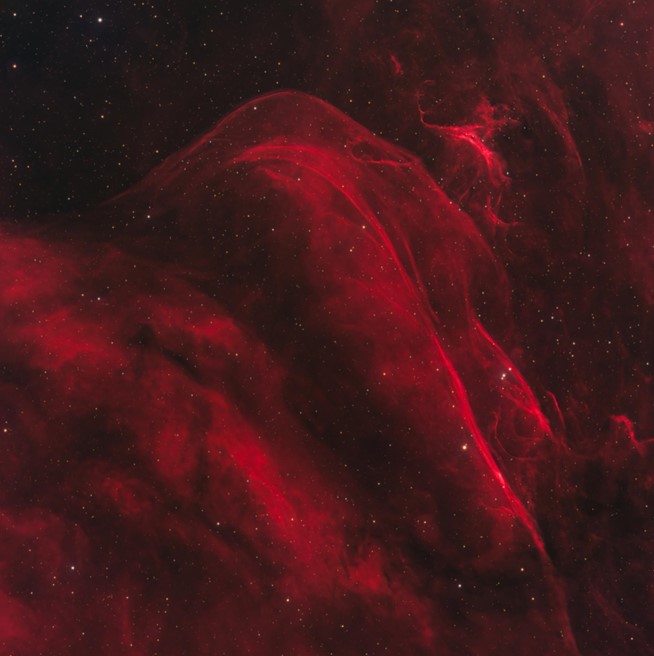
Q10: Is there any memorable story you can share with us from your astrophotography days?
It’s a tough one as few things can beat a “fist light moment”, but I think it must be one of my latest sessions on comet 12P/Pons-Brooks. From thinking that the comet was going to be out of reach and impossible to capture from my location, to have everything from seeing conditions to planning and acquisition working perfectly was a very good experience. My fellow Norwegian astrophotographers chimed in and encouraged me to share the image beyond my usual Astrobin and IG accounts, suddenly people were sharing it on “X”, Facebook, various websites and I got contacted by local radio and newspapers, even Scientific American picked it up and wanted to do an interview. The fact that my image got featured on spaceweather.com and ultimately received an APOD just added to that, then on top of that I also won ASIWEEK for another image of this comet. Honestly, it’s just been an overwhelming and very unexpected response!

Q11: Does your family or friends get involved in your astrophotography hobby? How do you balance your time between hobby, work and family?
Yes, I do share my images with my family, and they are astonished to see things they perhaps never imagined even existed. Especially one of my children has become very observant to the night sky. Local media has been picking up on it also and it’s fun to be able to spread information and show people what’s out there. At times balancing it can be difficult, simply because post processing can be so time consuming. But I think it’s important to take your time and as you get more experienced parts of the process go a lot quicker. It’s not a race so I try as well as I can to use spare time in the evenings to do my editing. Acquisition wise the Asiair free up a lot of my time so I don’t need to be watching everything as I simply plan beforehand and let it do what it does best, it’s literally a five-ten minute job from carrying my gear outside to starting the session.
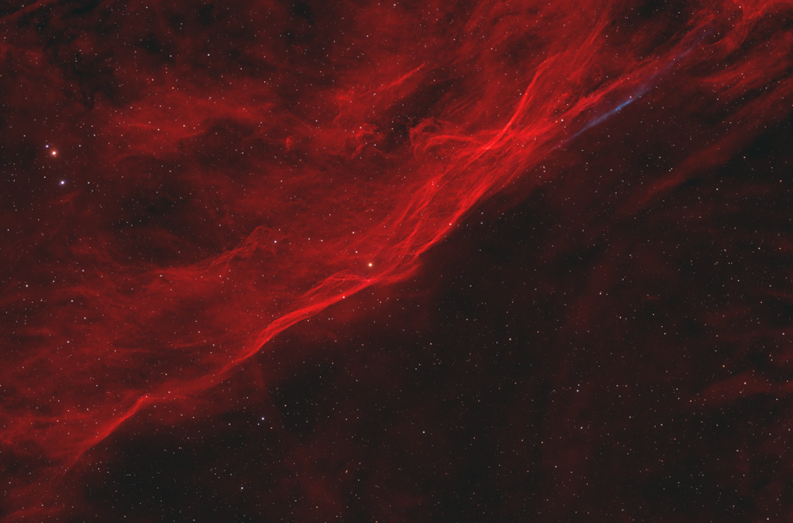
Q12: When did you start using ZWO’s products and do you have any suggestions for us?
I first started using ZWO’s products about a year and a half ago, I got the ASI533MM and ASI120MC-s as an upgrade from my unguided DSLR before adding the Asiair – which was a game changer. Just to be able to remotely control everything and not have all the extra cables and a laptop made everything so much more enjoyable to me. It’s been working flawlessly ever since and leaving me to do what I enjoy most, which is planning and imaging. If I were to suggest anything it would probably be to keep adding features, I fully believe that a setup with the Asiair can serve both beginners and advanced users with only minor additions like surveys in the sky atlas to be able to plan more detailed sessions, filter offsets which will help a lot for comet imaging and faster frame rates for planetary work.
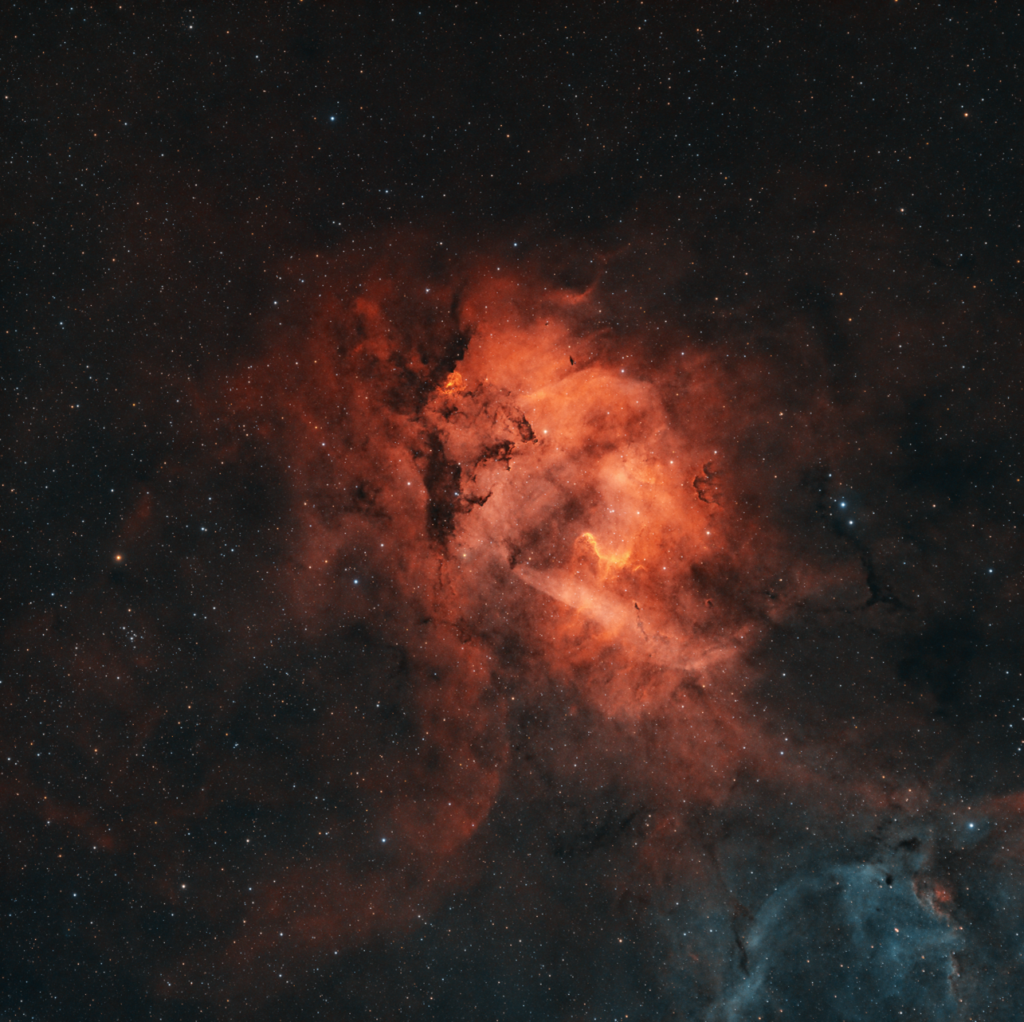
Q13: Would you mind sharing with us your upcoming shooting plans?
The season is coming to an end soon and I hope to have a few targets ready before then. I’ve been working on a large project throughout the season collecting about 250 hours of data so far as well as a “smaller” project that I’m also doing. Hopefully the weather will cooperate, and I’ll have some results to share soon!
